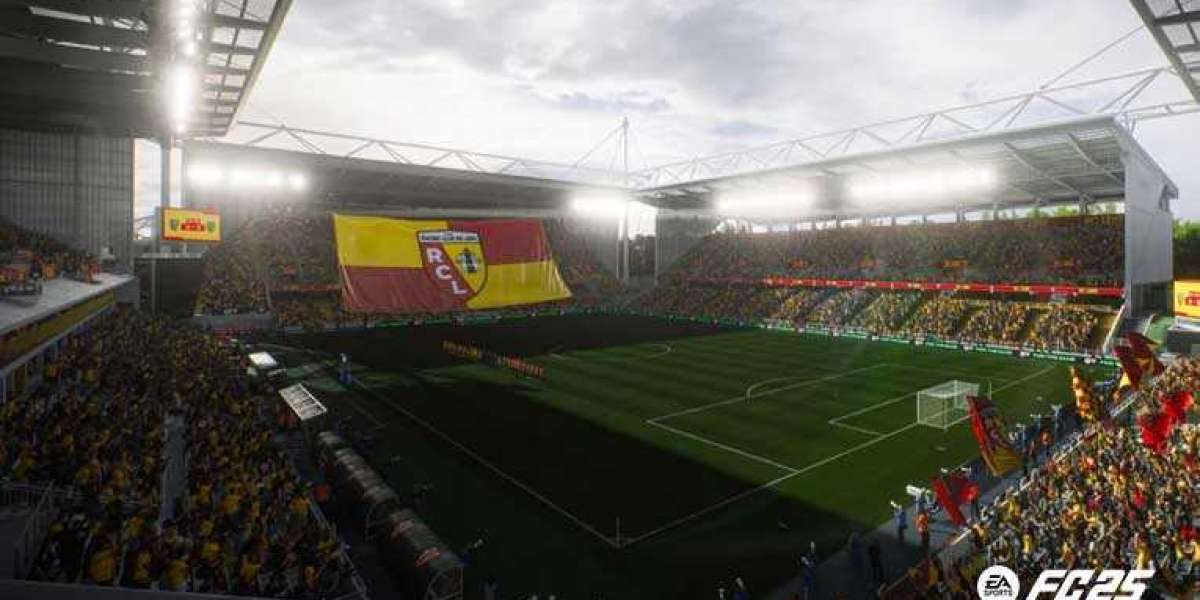As the world races toward net-zero goals, the integration of renewable energy into everyday infrastructure has become a defining challenge of our era. Central to this effort is the outdoor electrical distribution panel —a critical yet often overlooked component that ensures solar, wind, and hybrid systems deliver power reliably, safely, and efficiently. In an age where extreme weather and decentralized energy solutions dominate headlines, these panels are emerging as the backbone of sustainable power networks.
The urgency is palpable. With wildfires, floods, and hurricanes disrupting traditional grids, communities and businesses are turning to renewable microgrids for resilience. Solar farms, wind turbines, and battery storage systems require robust distribution hubs that withstand harsh environments while managing fluctuating energy flows. Outdoor electrical distribution panels, designed with weatherproof enclosures and advanced thermal management, are engineered to thrive in these conditions. Their ability to resist moisture, dust, and temperature extremes makes them indispensable for coastal solar installations, mountain-top wind projects, and urban EV charging stations alike .
Innovation in renewable technology further elevates their role. Modern solar panels and wind turbines generate power more efficiently than ever, but this energy must be harmonized with grid demands. Here, outdoor panels act as intelligent intermediaries. Equipped with smart monitoring systems, they optimize energy distribution in real time—redirecting excess solar power to storage units during peak sunlight or balancing loads during grid instability. This adaptability is crucial as utilities transition from centralized fossil-fuel plants to decentralized, inverter-based renewable systems .
The rise of hybrid energy systems adds another layer of complexity—and opportunity. Off-grid communities, for instance, combine solar, wind, and diesel generators to ensure uninterrupted power. Outdoor electrical distribution panels simplify these integrations, offering modular designs that accommodate diverse energy sources and storage configurations. For remote areas or disaster-response scenarios, such panels enable rapid deployment of renewable microgrids, reducing reliance on fossil fuels and enhancing energy sovereignty .
Urban landscapes are also benefiting. Rooftop solar arrays and building-integrated photovoltaics (BIPV) demand compact, aesthetically neutral distribution solutions. Outdoor panels designed for low-profile installation on walls or rooftops blend seamlessly into commercial and residential settings, supporting cities’ net-zero targets without compromising design. Their role extends to electric vehicle charging hubs, where they manage high-voltage connections safely, ensuring scalability as EV adoption surges .
For industries, the stakes are even higher. Manufacturing plants and data centers require uninterrupted power to meet sustainability pledges. Outdoor panels equipped with fail-safe circuit protection and remote diagnostics minimize downtime, while their compatibility with AI-driven energy management systems aligns with corporate ESG goals. By future-proofing infrastructure, these panels help businesses navigate tightening emissions regulations and volatile energy markets .
At the heart of this transformation lies a commitment to quality. Inferior components risk system failures, safety hazards, and costly repairs. Leading manufacturers like Nante prioritize innovation, crafting outdoor electrical distribution panels that marry durability with smart technology. Their solutions empower engineers, utilities, and homeowners to build energy systems that are not just sustainable but also resilient and adaptive. To explore how these panels can elevate your renewable projects, visit www.nante.com —where cutting-edge design meets the demands of a greener future.








